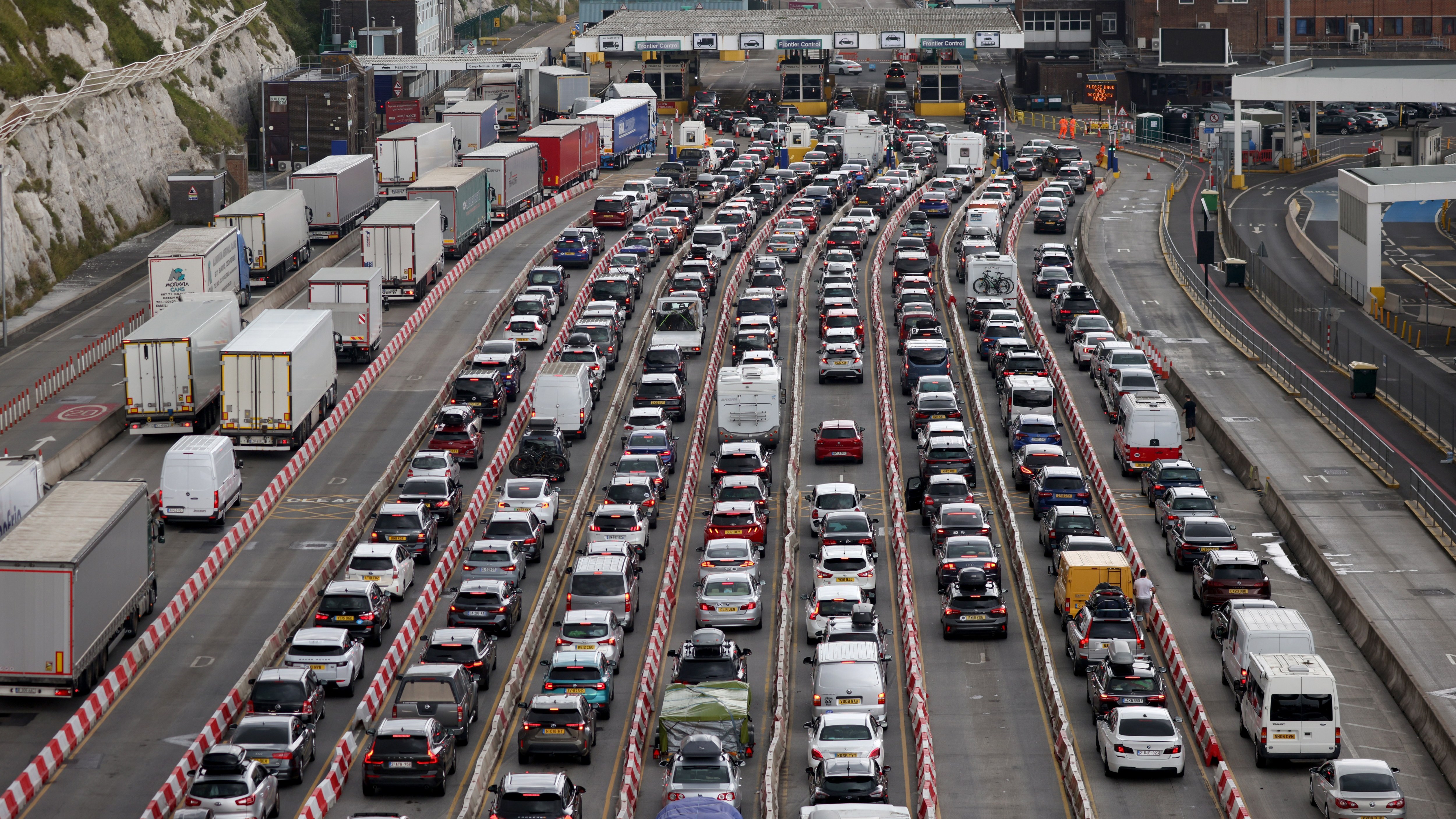Holidaymakers heading overseas for October half-term will be spared huge queues after the introduction of strict European Union border controls was delayed.
The new entry and exit system (EES) was due to start on October 6 but has been pushed back to November 10 after lobbying from French officials who feared chaos over the school holidays.
Under the EES, all passengers without EU passports will be required to have their fingerprints registered and their pictures taken on arrival in the bloc. It will add two to three minutes processing time per passenger, up from the present 45 seconds.
The change has led to serious concerns about passenger backlogs at airport arrival halls. There are also fears of huge queues for travellers catching ferries from Dover, or Eurostar trains from St Pancras International in London.
There will also be an “emergency” option to delay the start until November 17 at the eleventh hour if member states raise concerns. This will be followed by a grace period in which border staff can open a “relief valve”, meaning passengers at crowded checkpoints could be spared biometric registration.
Advertisement
Officials in France were said to be especially concerned about being ready for the new system because preparations for the Olympics have taken precedent.
Patrice Vergriete, a French transport minister, told aviation executives in May that he “fears problems”, adding: “We are aware of the risk in terms of passenger fluidity. It is a challenge and we must not get this wrong.”
He said his department had alerted the interior minister to its concerns. “We have very little visibility and we are doubtful about police numbers and technology,” he said. “There will be serious operational consequences.”
The new system, which has been delayed several times, was originally due to start in May but was put off until October because of IT problems and intense lobbying by French officials over the Olympics issue.
• Lord Frost: I tried to stop Brexit customs checks but lost the argument
Advertisement
Officials in Kent have warned that holidaymakers driving to Europe will face queues of 15 hours or more in the county when the EES comes into force. Implementing it is especially tricky at St Pancras station in London, where space is constrained and border controls “juxtaposed” with French immigration formalities carried out on UK soil.
Leaders at Ashford Borough Council wrote to MPs on the European Scrutiny Committee in January raising concerns about the impact of the new system.
The council is particularly concerned about space at the Port of Dover, the UK’s busiest port.
“The Port of Dover has very limited space in the buffer zone between the Eastern Docks roundabout and the French Customs booths,” they wrote. “Currently, the buffer zone is the only area that EES Registration can be carried out.
“This will mean lengthy delays for all tourist traffic entering the port. Any queuing tourist traffic outside the Port may then in turn impact the outbound freight causing lengthy delays for good supplies between UK and [mainland] Europe.”
Advertisement

Work has begun at St Pancras to install 49 entry-exit system kiosks. On arrival at the station, holders of non-EU passports will be directed to the terminals to complete the additional checks before they can proceed to the check-in.
Passengers’ fingerprints and pictures will be recorded on their first visit to the bloc after the system’s launch and one of the identifiers will be verified on each subsequent entry and exit. Details will be stored for three years.
The EU describes EES as an “automated IT system for registering non-EU nationals travelling for a short stay each time they cross the external borders of European countries”. It is designed to make the bloc’s border more secure in the face of terrorist threats.





